Archaeologists from the Israel Antiquities Authority (IAA) have discovered one of Israel’s oldest winepresses and rare Canaanite ritual artifacts near Tel Megiddo in the Jezreel Valley. The discoveries were made ahead of the expansion of Highway 66 and represent new evidence for early urbanization and local religious life that thrived more than 5,000 years ago.
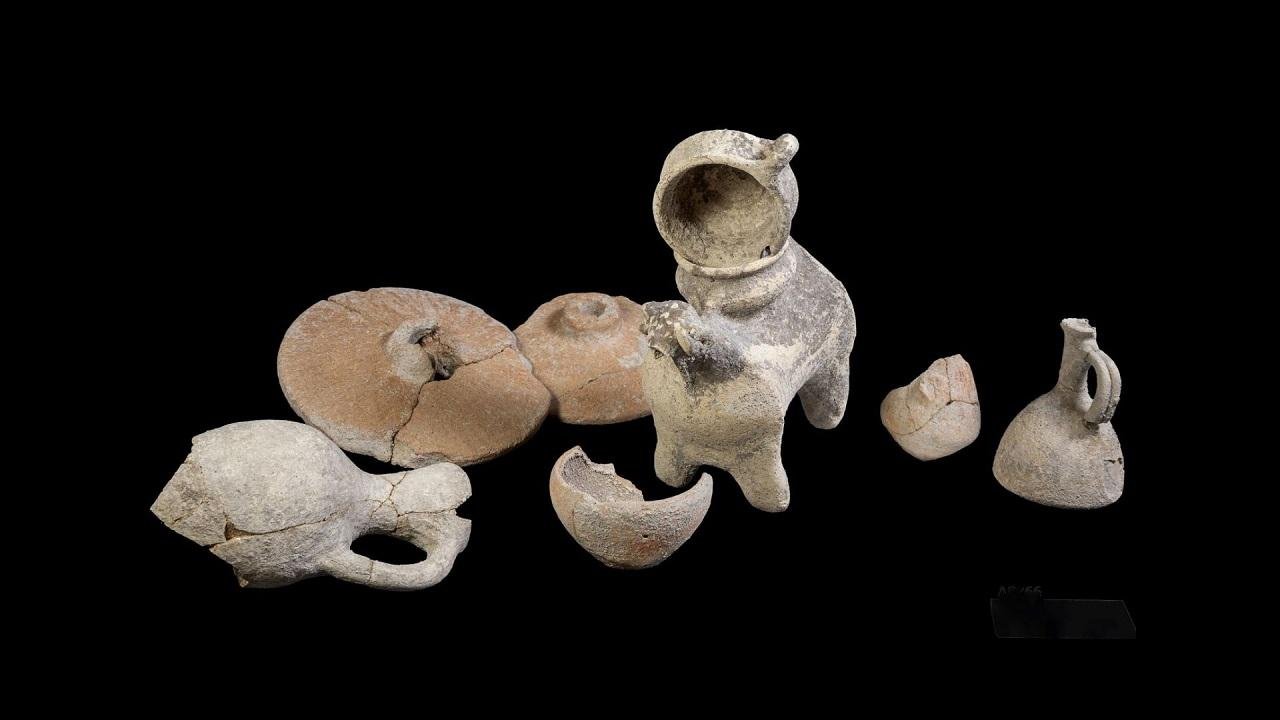
The excavation, which was part of a large-scale transportation development spanning about 1.2 kilometers, revealed remains from both the Early Bronze Age IB period (some 5,000 years ago) and the Late Bronze Age II, dating to about 3,300 years ago. Among the earliest finds was a small, rock-hewn winepress with a sloped treading floor and a collection vat — clear evidence that organized wine production in the region existed during the rise of the first cities.
Residential structures discovered by the archaeologists surrounded the winepress, hinting that the area was once part of an expanding settlement beyond the bounds of Tel Megiddo. The find places the beginnings of local viticulture in a larger urban context and shows the parallel development of community life and the production of crafts.
Equally interesting were the discoveries from the later Canaanite period: ritual artifacts showing everyday religious practices away from the main city. Among them were a shrine model made of ceramic, imported vessels from Cyprus, and an unusual libation set centered on a zoomorphic vessel in the form of a ram. Found intact alongside small bowls, this ceremonial kit was likely used to pour sacred liquids such as wine, oil, or milk. Liquid would flow from a bowl into the ram’s back and out through its mouth as a symbolic offering to the gods.
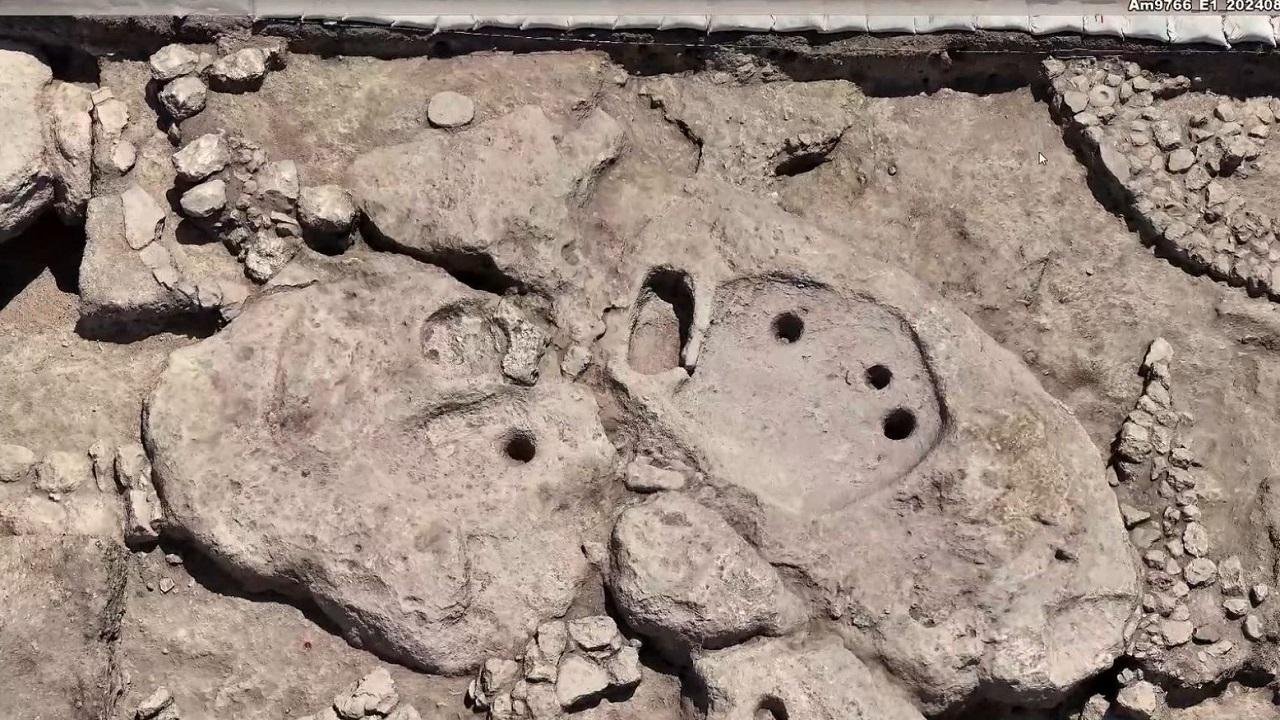
Such ritual sets are usually recovered only as fragments, so the discovery gives rare insights into how the Canaanites performed their ceremonies. The vessels had been carefully buried beside a large rock outcrop in view of Megiddo’s temple area, suggesting that farmers from the nearby fields may have conducted open-air rituals and offerings outside the fortified city — perhaps a folk cult parallel to official temple worship.
These finds bridge an important gap for archaeologists between the well-known temple complex at Megiddo and rural activity. The 5,000-year-old winepress points to the earliest phase of urban industry, while the ritual offerings show that devotional traditions persisted for centuries. These components will go a long way toward helping to unravel how life, economy, and faith intermingled at one of the region’s most important ancient centers.
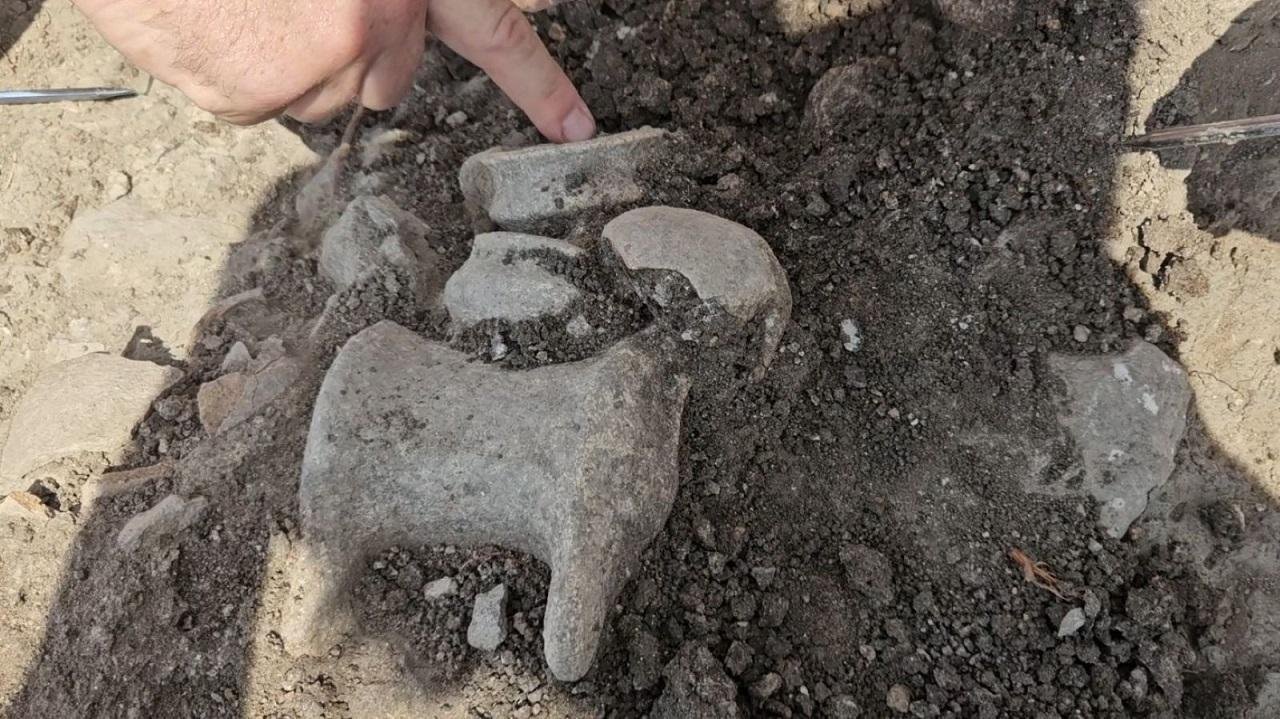
Starting this week, the Megiddo artifacts — including the reconstructed winepress and the Canaanite libation vessels — will be exhibited at the Jay and Jeanie Schottenstein National Campus for the Archaeology of the Land of Israel in Jerusalem, offering the public a rare window into the spiritual and urban origins of the ancient Jezreel Valley.



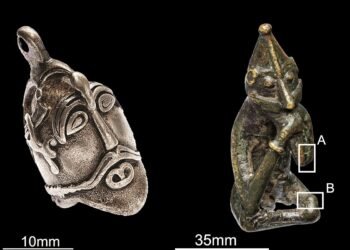

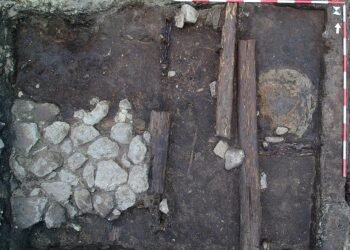
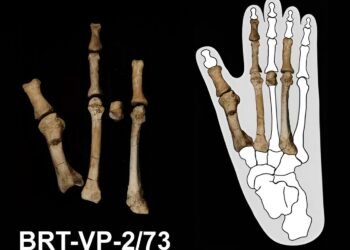

















Comments 0